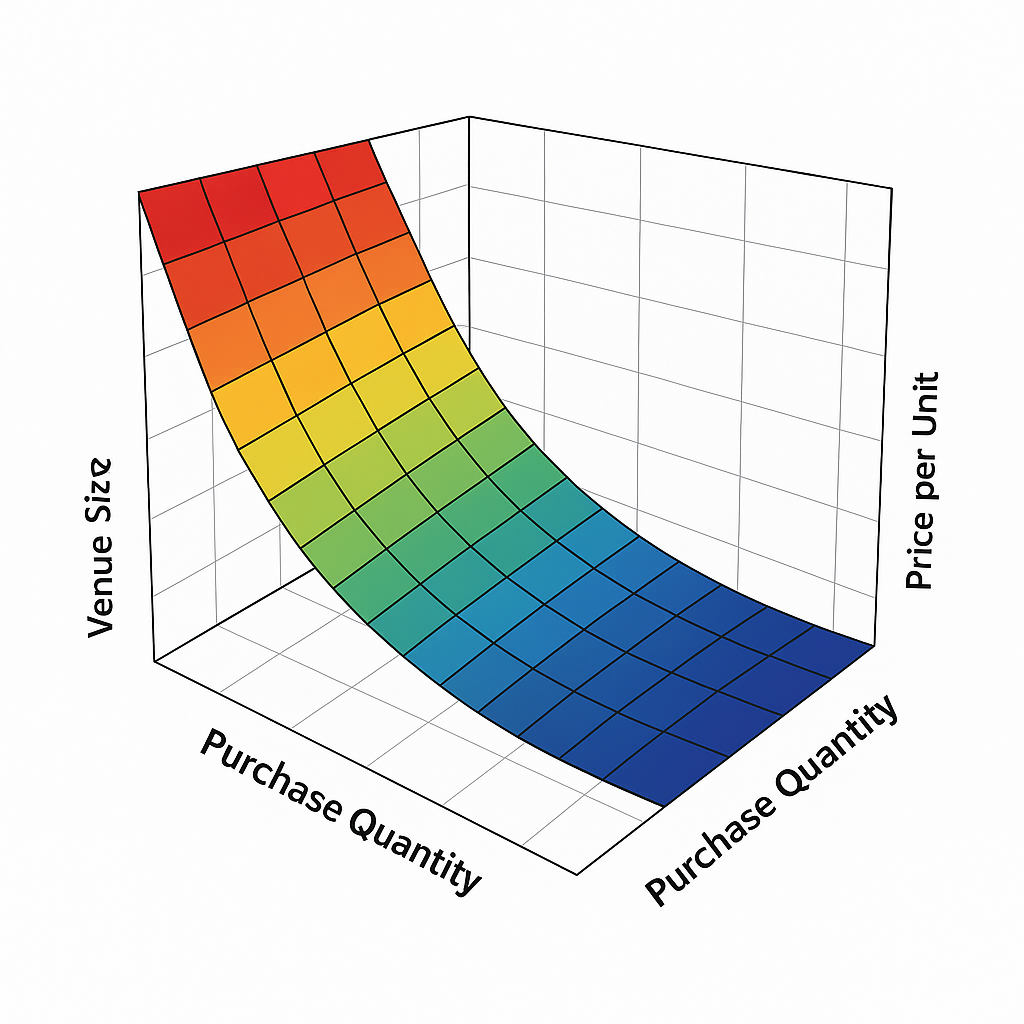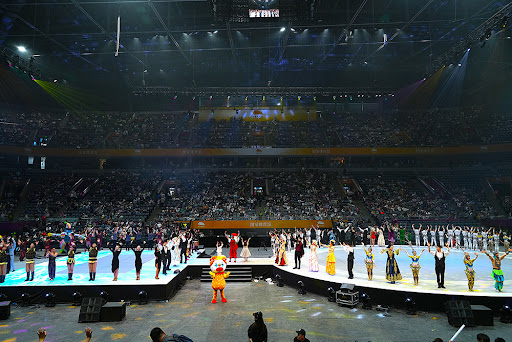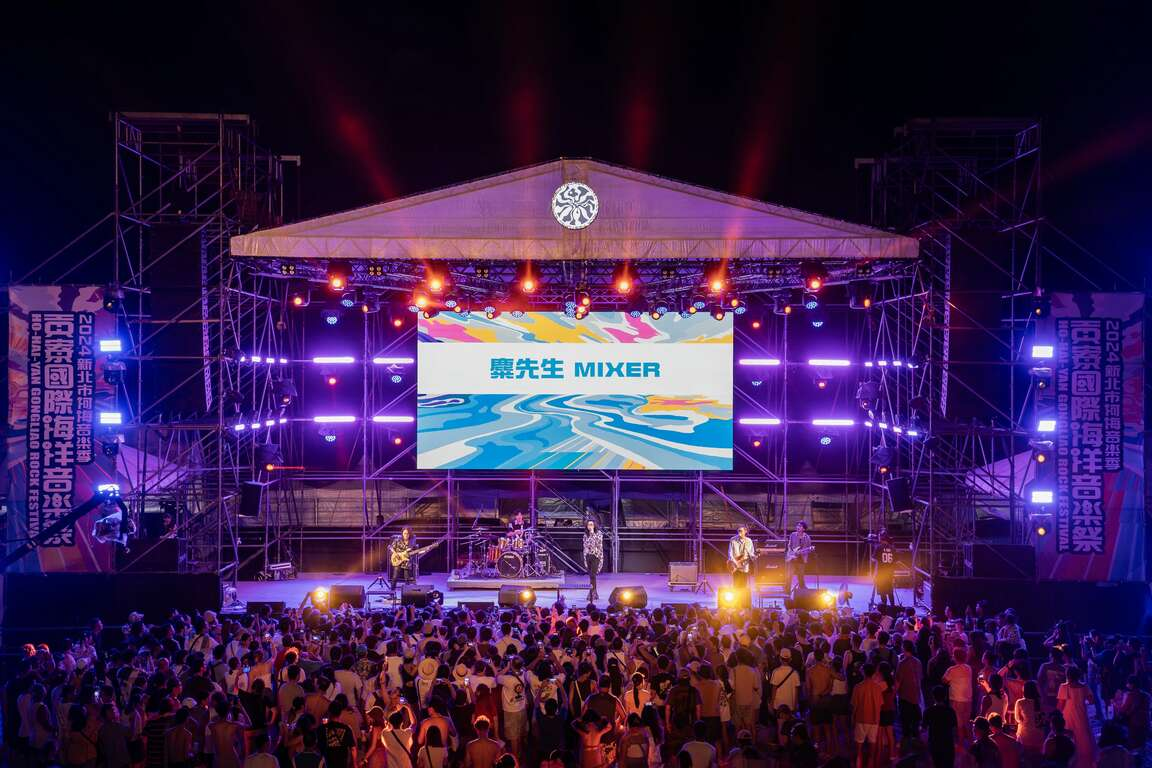When planning a lighting upgrade or new installation, venue size plays a direct and often underestimated role in determining the per-unit cost of lighting fixtures. Whether you’re managing a small club or a multi-tiered convention center, understanding how scale influences bulk fixture pricing can significantly impact your purchasing strategy.
This article breaks down the economics of lighting fixture pricing based on venue scale, order quantity, and specification variation.
1. Venue Size and Fixture Volume Are Linked
Larger venues typically require:
Higher fixture counts to ensure full coverage
More fixture variety (e.g., spot, wash, strobe, ambient)
Greater ceiling height compensation, requiring higher power models
Wider DMX universe or control system infrastructure
As a result, venue size influences not just how many units you buy, but also what type of units you need.

2. How Bulk Pricing Tiers Work
Lighting manufacturers and distributors generally offer pricing breaks based on quantity brackets:
| Order Quantity | Price Per Unit | Discount Range |
|---|---|---|
| 1–9 | $1000 | No discount |
| 10–24 | $950 | ~5% |
| 25–49 | $900 | ~10% |
| 50–99 | $860 | ~14% |
| 100+ | $800 or lower | 20–30% (project-based pricing) |
Large venues benefit from economies of scale, especially when standardizing on a core fixture model.
3. Fixture Standardization: The Scaling Key
Venue managers often choose to standardize a base fixture (e.g., par can, mini beam, or strobe) across all zones. This strategy enables:
Larger single-model orders, unlocking better per-unit pricing
Simplified maintenance (same spare parts, training)
Faster fulfillment from manufacturer stock
Smaller venues, needing fewer units and greater customization per zone, typically pay closer to retail pricing.
4. Vendor Incentives for Large Venues
Larger projects may unlock vendor-side benefits beyond price per unit:
Free shipping or logistics support
Fixture customization (logo, firmware, color temp ranges)
Extended warranty or service bundling
Project consultation support from manufacturer reps
For a 5000-seat venue purchasing 200 fixtures, these soft benefits can yield thousands in additional value.
5. How Project Complexity Influences Bulk Deals
Size isn’t just about space—it’s about architectural and control system complexity. A large venue with:
Varied ceiling heights
Mixed indoor/outdoor spaces
Broadcast requirements
Environmental constraints (humidity, wind, power draw)
…may need multiple fixture classes, reducing single-model bulk leverage. This can flatten discounts unless the vendor treats the deal as a holistic package.
6. Case Study: Small vs. Large Venue Impact
| Factor | Small Venue (e.g. 150 seats) | Large Venue (e.g. 3000 seats) |
|---|---|---|
| Fixture Type Needed | 12x spot/wash + 4 accent | 100+ mixed fixtures |
| Order Volume | 15–20 units | 120–200 units |
| Price Per Unit | $950 (small discount tier) | $800–850 (bulk project price) |
| Service Extras | None | On-site programming support included |
| Lead Time | 2–4 weeks | Negotiated delivery by phase |

7. When Bigger Isn’t Always Cheaper
Surprisingly, some smaller venues can negotiate like large ones by:
Coordinating group buys with other venues
Ordering through a rental partner or national integrator
Joining manufacturer loyalty or trade programs
This allows boutique spaces to achieve near-bulk pricing, even with low volume.
8. Conclusion
Venue size is more than a measurement of space—it’s a pricing lever in bulk lighting fixture procurement. Larger venues can harness economies of scale, standardization, and vendor support to drive down costs and improve service.
But even smaller venues can punch above their weight with smart timing, purchasing alliances, and negotiation.
READ MORE:
- From Framing to Wash—This 800W LED Moving Head Handles It All in Harsh Outdoor Environments
- Best Beam Lights for Aerial Effects in Large Arenas
- Fixtures That Combine Strobe, Wash, and Beam in One Unit
- Best Fixtures for Architectural Highlighting in Heritage Sites
- Battery Fixture Storage: Best Practices During Off-Season
- Passive vs Active Cooling in Next-Gen LED Fixtures
- Using DMX Splitters to Optimize Signal Stability in Large Venues





Blue Sea Lighting is an enterprise with rich experience in the integration of industry and trade in stage lighting and stage special effects related equipment. Its products include moving head lights, par lights, wall washer lights, logo gobo projector lights, power distributor, stage effects such as electronic fireworks machines, snow machines, smoke bubble machines, and related accessories such as light clamps.
Quick Links
For more questions subscribe to our email









